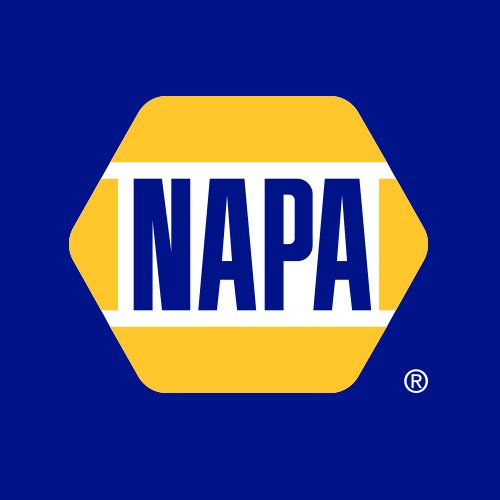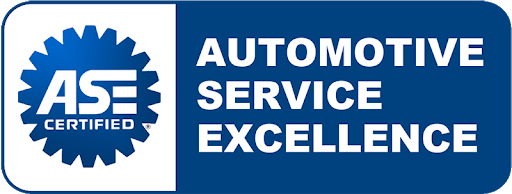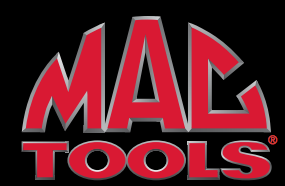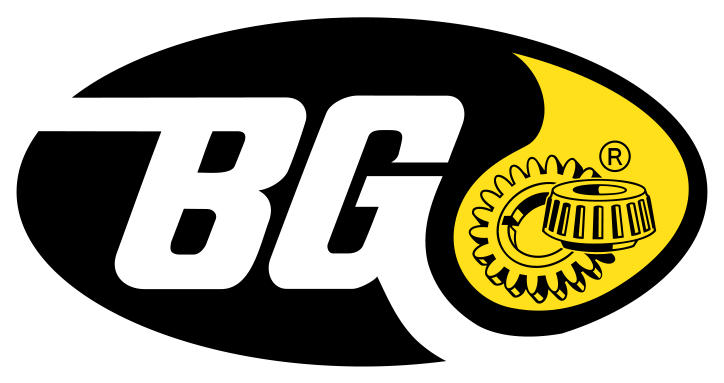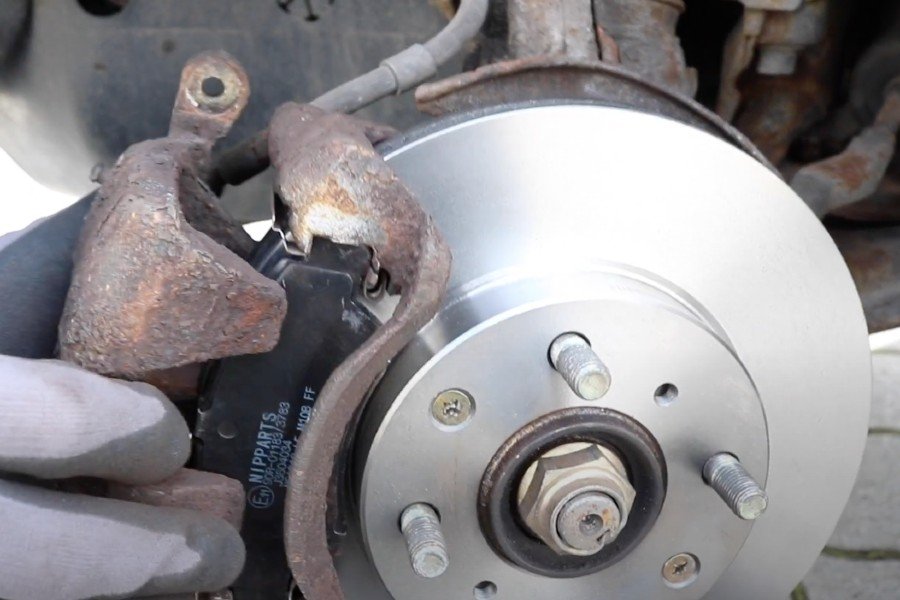
Brake System Repairs
Auto brake system repairs require detailed knowledge of all the various components of a brake system that make your car stop. Long Beach Mobile Mechanic techs know all about the various components, how they interact, and how to repair them. All modern-day automobile performance braking systems consist of a pedal, power-brake booster, master cylinder, brake lines, a proportioning valve, calipers, pads, rotors, and hydraulic brake fluid.

The pedal is the input device that the brake booster generally helped trigger the master cylinder to increase the line pressure throughout the brake system's hydraulic lines. Some proportioning valve manages the pressure in between the front and rear brake systems. A hydraulic caliper houses brake pads at each of the wheels that squeeze the rotor when line pressure increases.
How Brakes Work
In an automotive braking system, the brakes change energy (kinetic energy) into heat (thermal energy). Understanding kinetic energy and its relation to the car's weight and speed is paramount to comprehend the quantity of work required to transform this energy into heat to bring an automobile to a stop.
As long as a car and truck remain in motion, there exists a quantity of kinetic energy. The faster a vehicle is moving, the more kinetic energy that exists. The relationship between kinetic energy and the speed of the car is not linear. If it were direct, a doubling of the automobile's speed, from 50 MPH to 100 MPH, would double the quantity of kinetic energy.
In truth, the practice of doubling the speed leads to quadrupling (4x) the amount of kinetic energy. When you look at the relationship between kinetic energy and speed, it's simple to see that both the car's mass and its speed factor into the quantity of kinetic energy that it possesses at any one time. Seeing that mass is directly proportional to kinetic energy, increasing the mass by any percentage results in an identical increase in kinetic energy. Also, reducing the mass by a particular percentage results in a comparable reduction in kinetic energy.
Therefore, heavy vehicles carry more kinetic energy than lighter cars and trucks at the same speeds. As you may have currently guessed, heavier cars require a more severe braking system than a more lightweight car going the very same speed. As we said in the past, the vehicle's speed plays an even more critical function than weight in figuring out the total kinetic energy. A 1,565 pound Champ automobile at 240 MPH brings the same quantity of energy as a 3,500-pound tram at 160 MPH. The faster you go, the more energy that you have to convert into heat to come to a stop.
Friction enables your brake pads to turn the kinetic energy obtained by taking a trip at speed into heat. When the brakes are used, the pads squeeze the rotor, and heat is created as the car, and the rotor is slowed.
The Components.
Every single part of the braking system should be working effectively for the system to work as designed. The master cylinder transforms the brake pedal's mechanical input into a hydraulic pressure increase in the brake lines. Thus, going to a larger-diameter-piston master cylinder implies that you will not have to press the pedal as far as to get the braking you desire.
The quality of the hydraulic fluid used can likewise impact the total efficiency of the braking system. As pointed out, brakes work by turning kinetic energy into heat (thermal energy). If your fluid boils over, vapor lock can occur, and your braking system will lose its effectiveness.
With a properly-sized master cylinder, an active brake booster, and high-performance brake fluid in place, the next essential links are the brake lines. Stiff metal lines make up most of the brake line plumbing. Eventually, close to each wheel, the hard lines shift to versatile lines. OEMs generally gear up vehicles with woven polymer brake lines, typically called "rubber" brake lines. The hot ticket is to upgrade the factory "rubber" lines with Teflon-lined, steel-braided high-performance replacements. These aftermarket lines are more resistant to expansion when under pressure. As a result, these lines' setup will usually lead to a firmer pedal that requires less travel for the complete braking impact. Get a set and put them on the next time you do a brake task if you don't have a set on your automobile yet.
Three aspects affect the line pressure in a braking system: the pedal force, the pedal ratio, and the master cylinder's bore size. About 100 to 150 pounds of force from your leg to the pedal is an excellent working variety. The pedal ratio multiplies this effort.
